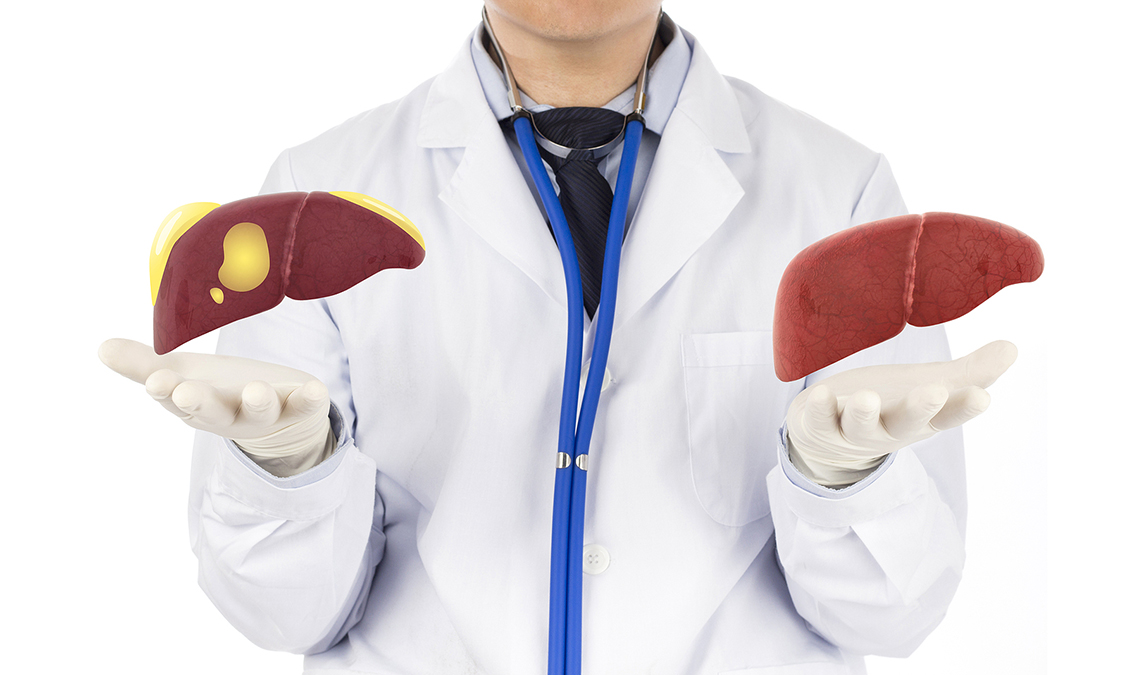 Non Alcoholic Fatty Liver Disease (NAFLD) is often discussed in terms of progression to cirrhosis.
Non Alcoholic Fatty Liver Disease (NAFLD) is often discussed in terms of progression to cirrhosis.
But new research suggests that in older adults, its meaning may be very different.
A study of more than 1,000 participants in the Whitehall II cohort (average age 72) used liver scans to measure fat accumulation and stiffness.
One in three older adults had fatty liver disease, yet only 2.4% showed signs of significant scarring (fibrosis).
Instead, fatty liver was strongly linked with other health issues.
Older adults with liver fat were more likely to have multiple chronic conditions, poor motor function, difficulty with daily activities, and low physical activity.
The odds of disability were more than tripled.
Frailty was also more common when higher thresholds of liver fat were applied.
Obesity, diabetes, high blood pressure, and low HDL cholesterol were the strongest individual risk factors.
Alcohol consumption was not a major driver in this group, possibly reflecting low average intake and survivorship bias.
The findings highlight that in later life, fatty liver may serve less as a warning of cirrhosis and more as a marker of aging and multimorbidity.

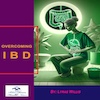 Overcoming IBD
Overcoming IBD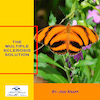 Multiple Sclerosis
Multiple Sclerosis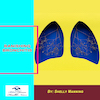 Banishing Bronchitis
Banishing Bronchitis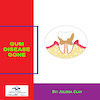 Gum Disease Gone
Gum Disease Gone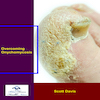 Overcoming Onychomycosis
Overcoming Onychomycosis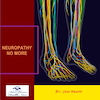 Neuropathy No More
Neuropathy No More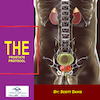 The Prostate Protocol
The Prostate Protocol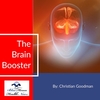 Brain Booster
Brain Booster
 Ironbound
Ironbound
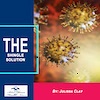 Solution for Shingles
Solution for Shingles
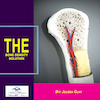 The Bone Density Solution
The Bone Density Solution
 The Ultimate Healing Protocol
The Ultimate Healing Protocol
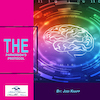 The Parkinson's Protocol
The Parkinson's Protocol
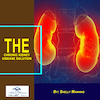 The Chronic Kidney Disease Solution
The Chronic Kidney Disease Solution
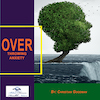 Overthrowing Anxiety
Overthrowing Anxiety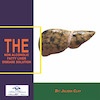 The Fatty Liver Solution
The Fatty Liver Solution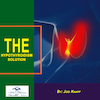 The Hypothyroidism Solution
The Hypothyroidism Solution
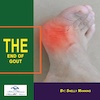 The End of Gout
The End of Gout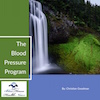 The Blood Pressure Program
The Blood Pressure Program
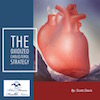 The Oxigized Cholesterol Strategy
The Oxigized Cholesterol Strategy
 Stop Snoring And Sleep Apnea Program
Stop Snoring And Sleep Apnea Program
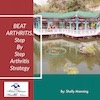 The Arthritis Strategy
The Arthritis Strategy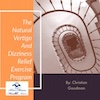 The Vertigo & Dizziness Program
The Vertigo & Dizziness Program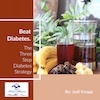 The 3-Step Diabetes Strategy
The 3-Step Diabetes Strategy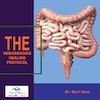 Hemorrhoids Healing Protocol
Hemorrhoids Healing Protocol The Erectile Dysfunction Master
The Erectile Dysfunction Master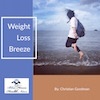 Weight Loss Breeze
Weight Loss Breeze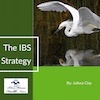 The IBS Program
The IBS Program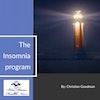 The Insomnia Program
The Insomnia Program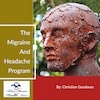 The Migraine and Headache Program
The Migraine and Headache Program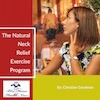 The Neck Pain Solution
The Neck Pain Solution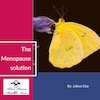 The Menopause Solution
The Menopause Solution The Ejaculation Master
The Ejaculation Master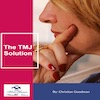 The TMJ Solution
The TMJ Solution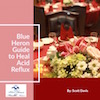 The Acid Reflux Solution
The Acid Reflux Solution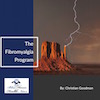 The Fibromyalgia Solution
The Fibromyalgia Solution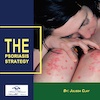 The Psoriasis Strategy
The Psoriasis Strategy